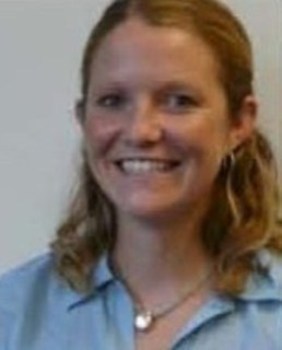Communication Access Real‑time Translation (CART) is provided in order to facilitate communication accessibility and may not be a totally verbatim record of the proceedings. Consumer should check with the moderator for any clarification of material.
This text-based course is a written transcript of the live event, "AAC and Aphasia," presented by Sarah Wallace on January 19, 2012.
>> Amy: I would like to welcome you to the SpeechPathology.com eSeminar titled AAC and Aphasia. My name is Amy Natho and I will be the moderator for today's course. At this time it is a pleasure and an honor to welcome back Dr. Sarah Wallace. She's doing a second part of a presentation she did for us last year. Sarah Wallace, Ph.D., is Assistant Professor in the Department of Speech‑Language Pathology at Duquesne University. She teaches courses on aphasia, cognitive‑communication disorders and augmentative and alternative communication (AAC). Her current interests include semantic treatments to improve word retrieval in people with aphasia as well as development of appropriate AAC strategies for people with aphasia and traumatic brain injury. She has a particular interest in methods to support navigation of high technology AAC devices and generalization of the use of AAC strategies. Welcome back, Sarah, we're glad to have you here and very excited to hear what you have to say.
Outline
>> Sarah: Thanks, Amy for the welcome, and welcome to the rest of you. What I plan to do today, along the lines of what Amy said, is to expand on a previous workshop I did related to AAC and Aphasia and to give you, the audience, some up‑to‑date ideas and strategies. The review that I do today will be pretty minimal – I’ll try to throw out references and things like that along the way, but I will not cover the material I did last time. Instead, I’m going to expand on that and give you some new ideas, so let's get started. This is just a little outline of what we're going to cover today:
Outline:
- What is AAC?
- AAC Assessment Techniques (update)
- AAC Strategies & Devices
- Intervention Techniques
- Wrap up
I did say the review would be very brief. We’ll do that in the beginning and we’ll talk a little bit about what AAC is and why it would be appropriate for this population of people with aphasia. Then I want to give an update on some assessment techniques related to AAC and aphasia, and that’s going to be a little portion of our time. Then I’ll spend a good chunk of time talking about AAC strategies and devices, and this is really an update on some of those. I will not go over previously discussed strategies and devices in a lot of detail. Then I want to talk about intervention techniques for helping people with aphasia learn how to use these great strategies and devices that we have available for them, and then I’ll do a quick wrap‑up.

